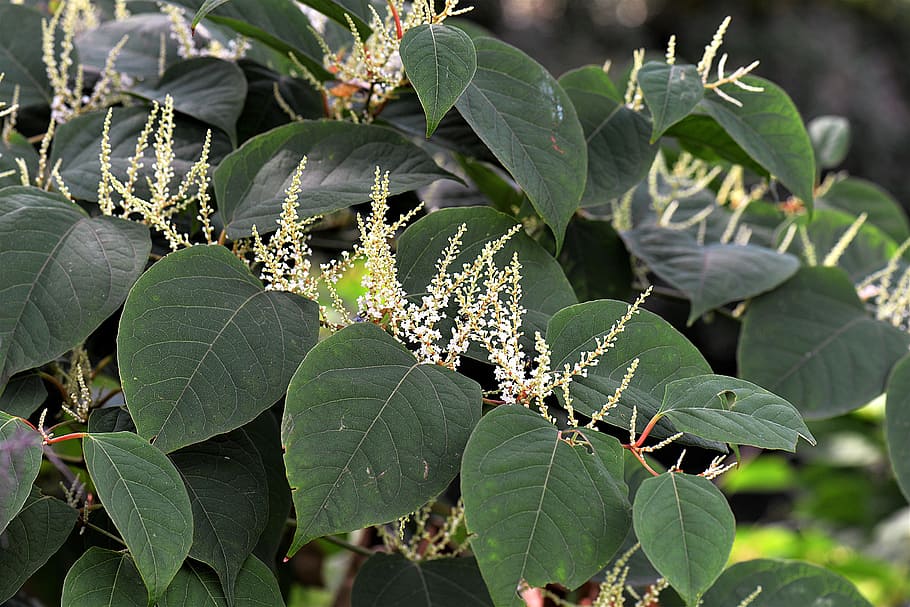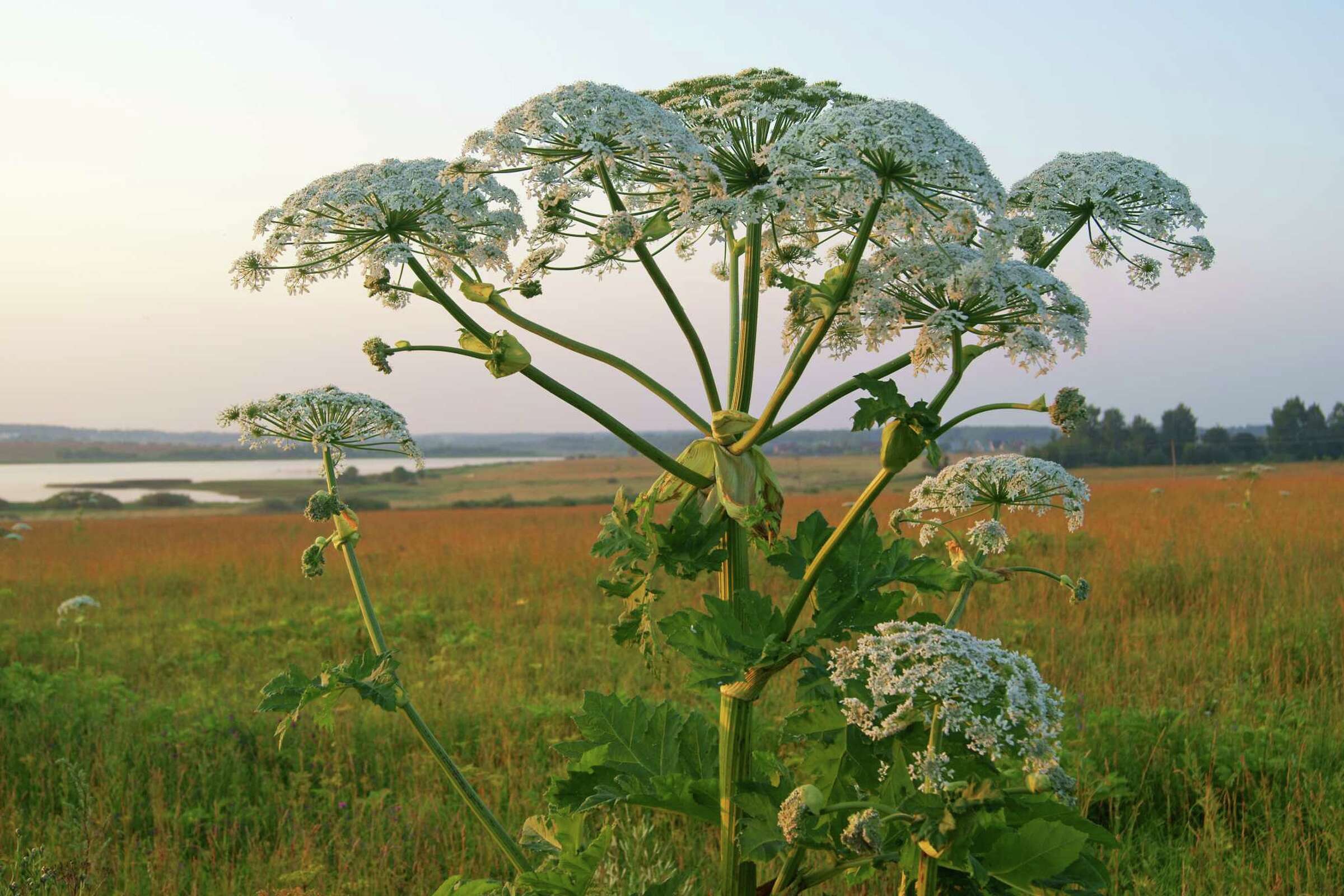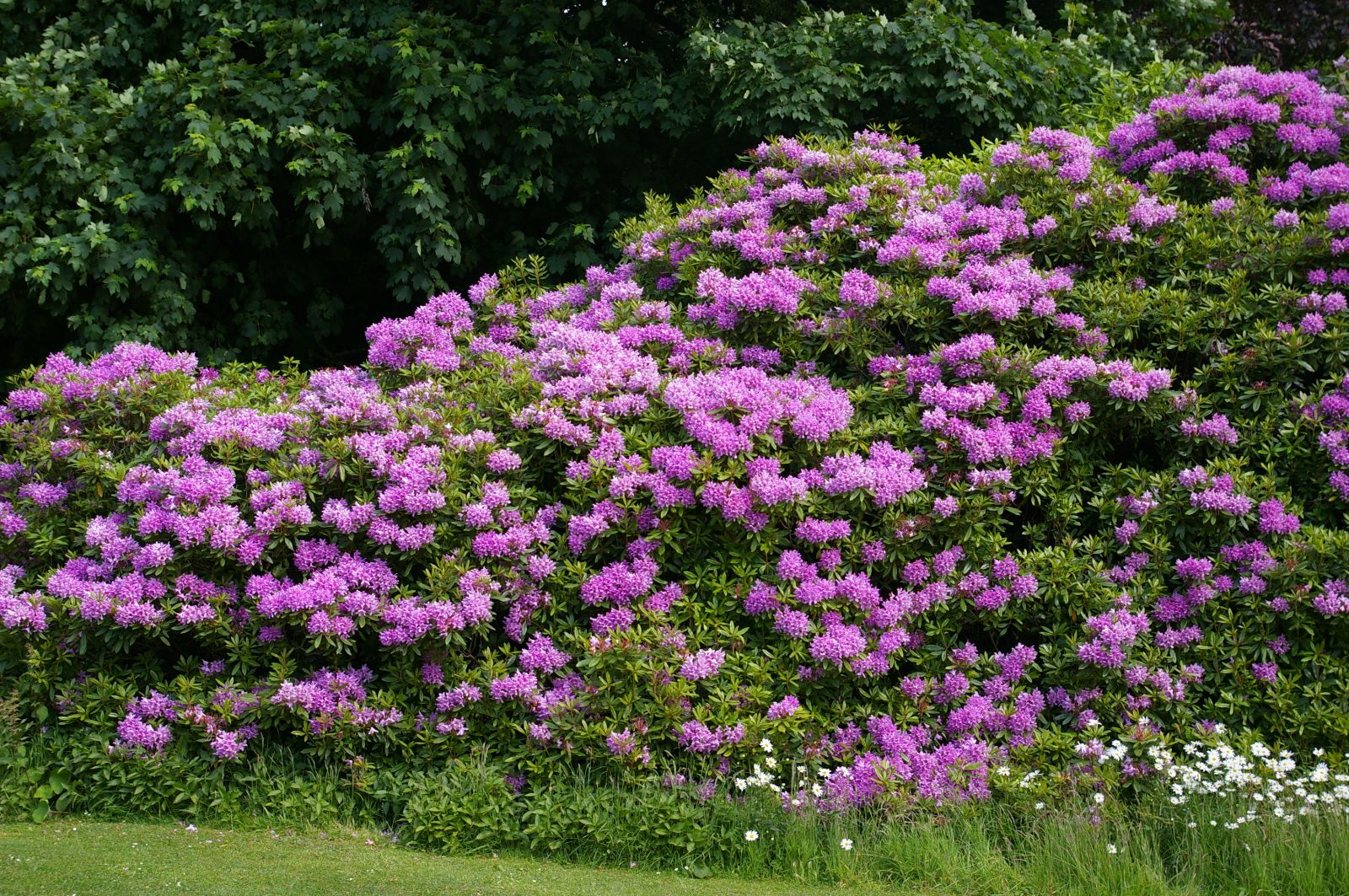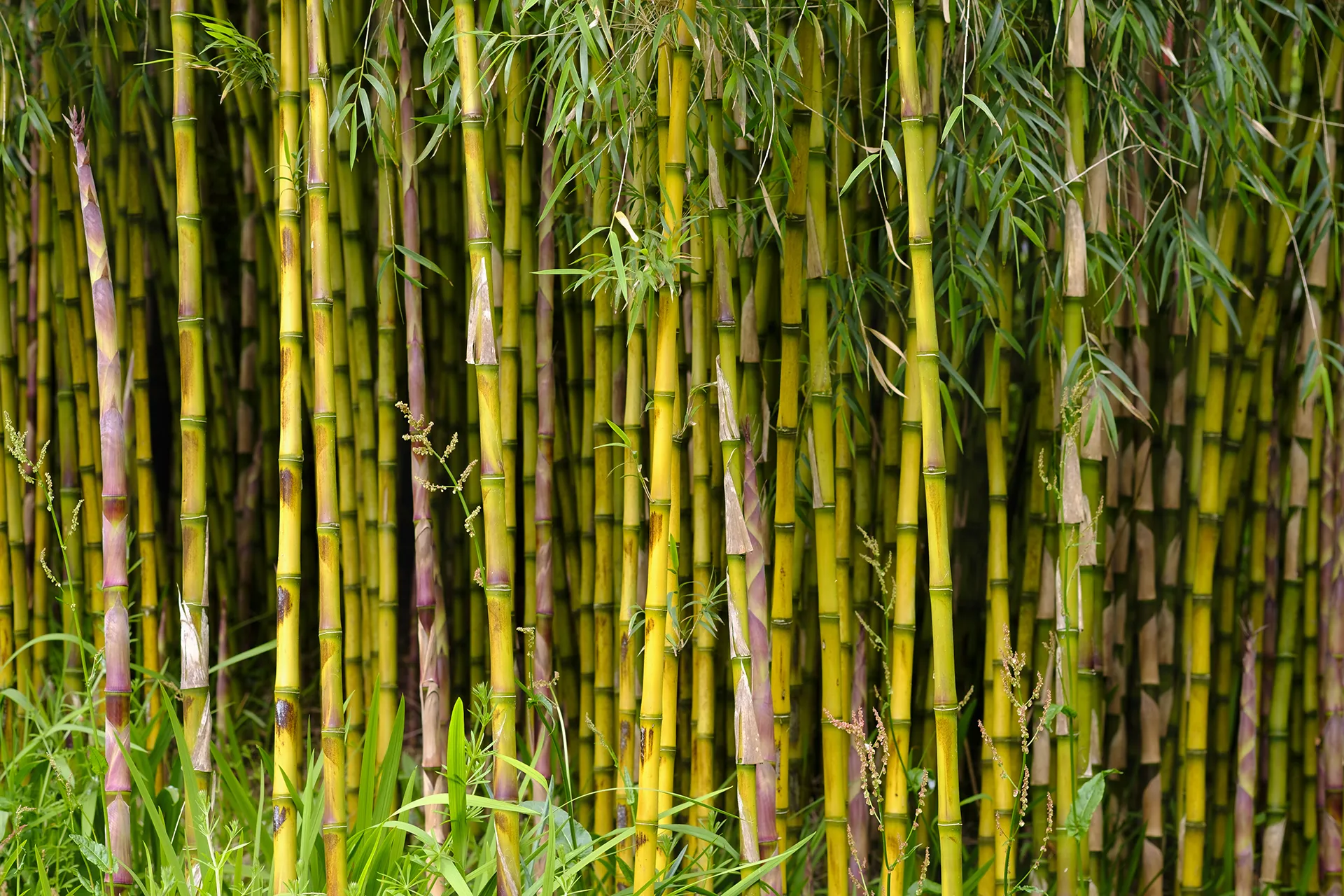As a gardener in the UK, you may be eager to fill your garden with a diverse array of plants. However, not all plants are suitable for every location, and some can even cause more harm than good. In this blog post, we'll take a look at ten plants you should avoid growing in your UK garden, either because they're invasive, harmful to native species, or difficult to manage.
- Japanese Knotweed (Fallopia japonica)
Japanese Knotweed is an invasive species that can cause significant damage to your garden and property. Its aggressive growth can lead to cracks in your home's foundations, walls, and paving. Additionally, this plant is difficult to eradicate and can regrow from small fragments of root left in the soil.

- Giant Hogweed (Heracleum mantegazzianum)
Giant Hogweed poses a health risk to humans, as its sap can cause severe skin burns and even temporary blindness. This invasive plant can grow up to 5 metres tall and is capable of outcompeting native plants, making it a threat to local ecosystems.

- Rhododendron ponticum
Though beautiful, Rhododendron ponticum is an invasive species that can spread rapidly and smother native plants. It also produces toxins that inhibit the growth of other plants, making it particularly troublesome for UK woodlands and gardens.

- Himalayan Balsam (Impatiens glandulifera)
Himalayan Balsam is an invasive plant with an aggressive growth habit, capable of outcompeting native plants for light, space, and nutrients. Its rapid spread can lead to soil erosion and increased flood risks, as it dies back in winter, leaving riverbanks exposed.

- Leyland Cypress (x Cuprocyparis leylandii)
Leyland Cypress is a fast-growing evergreen tree that can cause disputes between neighbours due to its ability to quickly block light and views. It requires frequent pruning to keep it in check, making it a high-maintenance option for your garden.
- Common Bamboo (Phyllostachys aurea)
While bamboo can add an exotic touch to your garden, some species, like the Common Bamboo, can become invasive if not carefully managed. Its aggressive root system can spread rapidly and cause damage to structures and other plants in your garden.

- Yellow Archangel (Lamiastrum galeobdolon)
Yellow Archangel is an attractive woodland plant, but it can become invasive in your garden. It spreads quickly through underground runners and can smother other plants, making it difficult to control once established.
:max_bytes(150000):strip_icc()/yellow-archangel-plants-2132586-03-756bb4bb46024d2f8f53dc9dd33724f6.jpg)
- Montbretia (Crocosmia x crocosmiiflora)
Montbretia is a popular garden plant, but its rapid spread can become problematic. It quickly forms dense clumps that can be difficult to remove, outcompeting native plants and reducing biodiversity in your garden.

- Cherry Laurel (Prunus laurocerasus)
Cherry Laurel is a fast-growing evergreen shrub that can quickly form dense, impenetrable thickets, making it unsuitable for small gardens. It can also be toxic to humans and animals if ingested, so consider alternatives if you have children or pets.

10. New Zealand pygmyweed (Crassula helmsii)
New Zealand pygmyweed is an invasive aquatic plant causing problems by outcompeting native species, reducing water quality and oxygen levels, impeding water flow

Conclusion:
While there are many beautiful plants to choose from for your UK garden, it's crucial to consider their potential impact on your garden's ecosystem, neighbouring properties, and local wildlife.
← Older Post Newer Post →